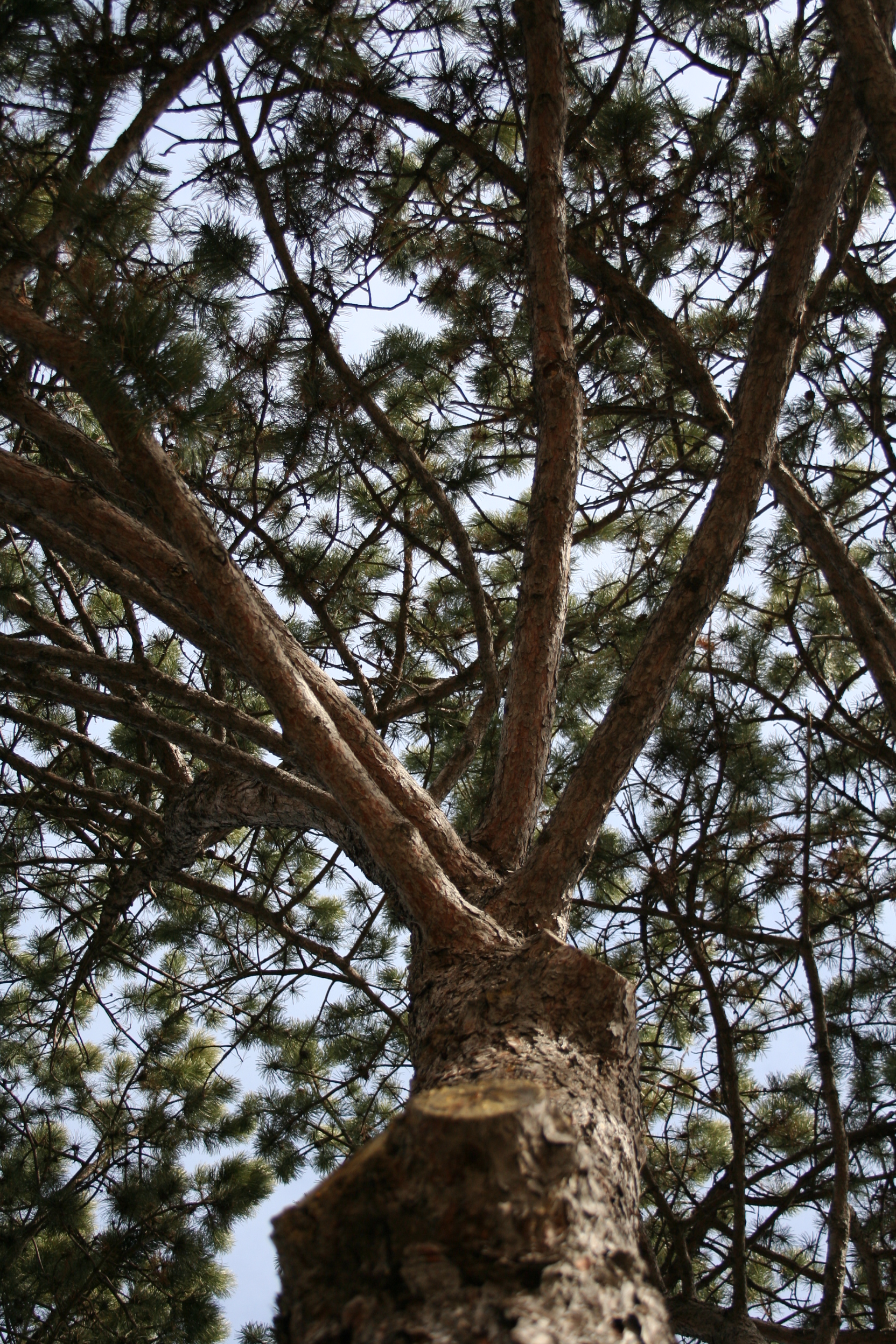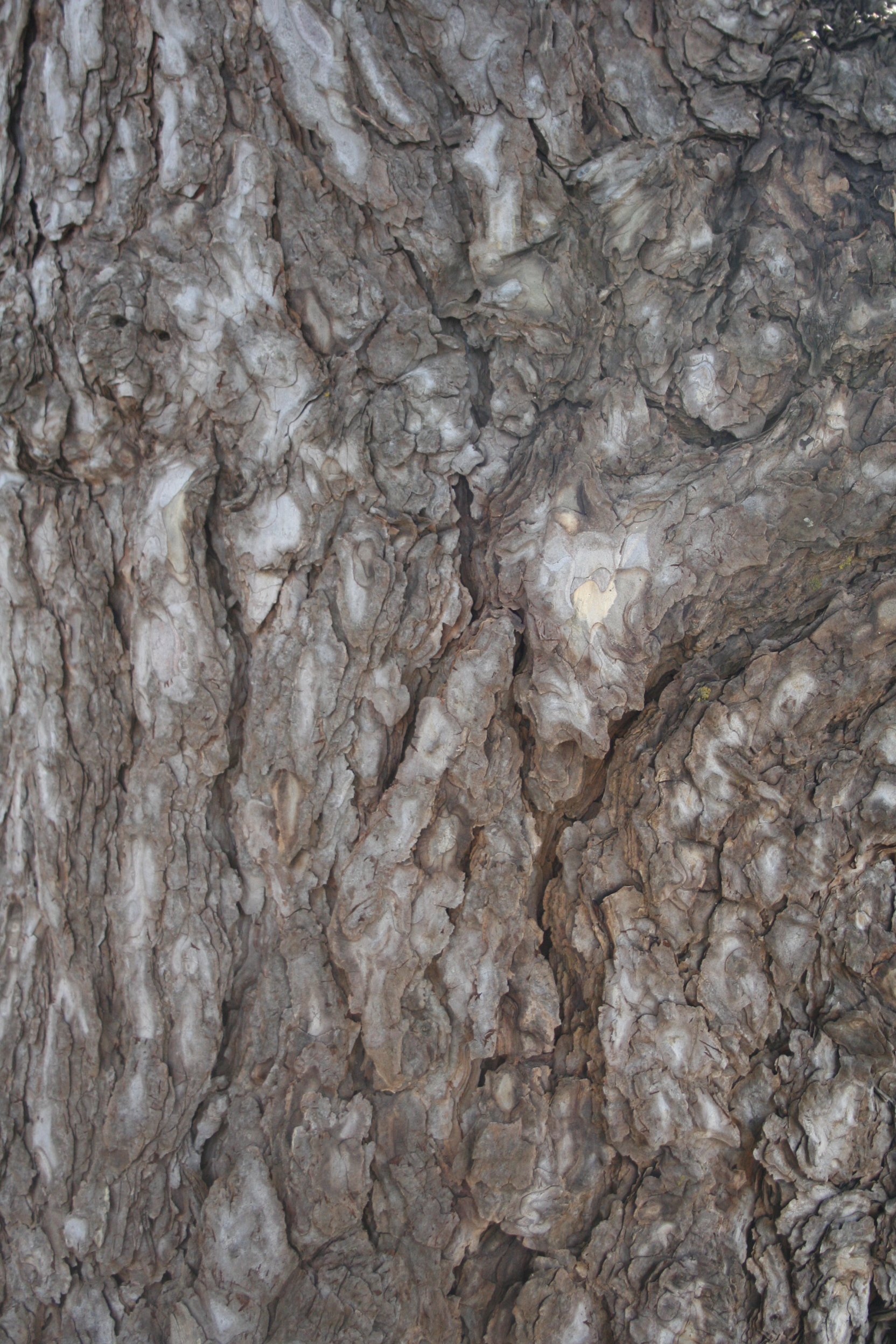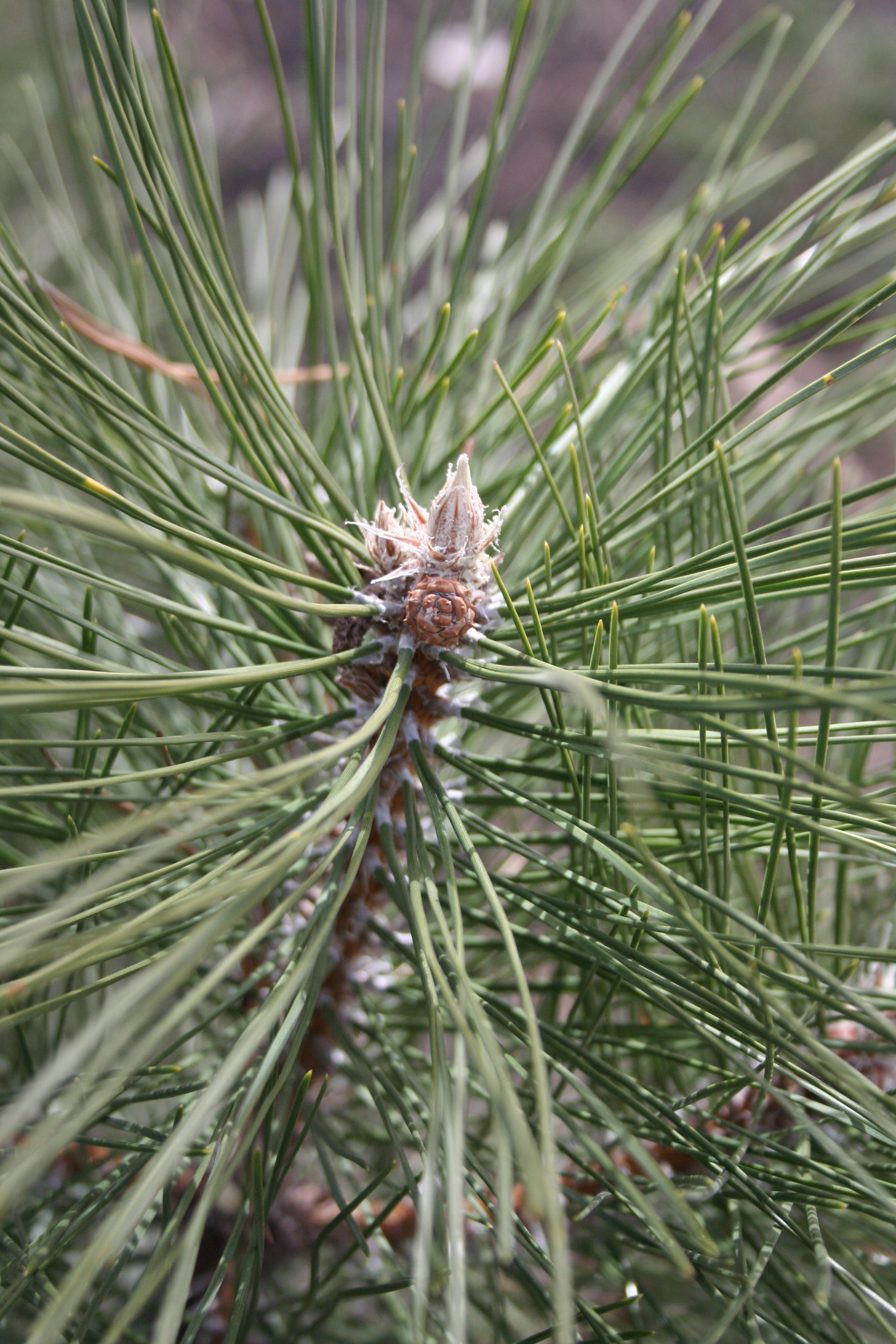Pine, Austrian
Pinus Nigra, Coniferous
Austrian pine is a medium to large conifer that is native to southeastern Europe, especially the higher elevations of the Balkans and Turkey. It has been used extensively in shelterbelts across much of the central and northern Great Plains and is also used in park and landscape plantings. Diseases are now limiting its use in eastern Nebraska.

Where To Grow

Size at Maturity
| Tree Height | Tree Spread |
| 40-60' | 30-50' |
Tree Characteristics
Trees exhibit a dense pyramidal habit in youth. The crown rounds with age forming a spreading flat top or dome. From an ornamental standpoint, older trees can be quite attractive, featuring dense spreading branches, stiff dark green needles (3-6” long) in bundles of two and plate-like, furrowed bark with alternating bands of black-brown and silver-gray. Oval, stalkless cones mature to about 3” long, turning a nice brown and resembling those of Ponderosa pine.
Wildlife Benefits
Similar to those of Ponderosa Pine, the seeds can feed a variety of birds and small mammals. And the tree provides shelter to a variety of birds and mammals.
Utilization
Austrian pine is not generally used for timber production in the U.S.
Additional Considerations
Austrian Pine suffers from pine wilt disease and needle blights in the more humid areas of the eastern Great Plains and is no longer recommended for widespread use in the eastern 1/3 of Nebraska. It is much more suitable to the western half of the state where disease pressures are reduced.
Related species
-
Bosnian Pine (Pinus heldreichii) grows naturally in the mountain areas of the Balkans and is often described as
a slower-growing cousin of Austrian pine. Its dark green needles are tightly bunched helping it to maintain a denser crown than other
pines. Bosnian pine has been used in landscape plantings across Nebraska where it has performed admirably for several decades. There is
concern that it will be prone to Pine Wilt Disease, though that has not proven to be a problem yet.
- Chinese Pine (Pinus tabuliformis), is native to northern China. It tends to develop a somewhat flattened and spreading top as it matures, thus the species name tabuliformis which means table-shaped. Will likely grow 20-30’ tall and wide in Nebraska.
Interesting Facts
Austrian Pine is sometimes called black pine alluding to the dark, almost black fissures that form in its bark. The tree closely resembles our native Ponderosa Pine, the key differences being it’s silver-gray and black bark vs Ponderosa’s cinnamon-red; slightly shorter needles in fascicles of 2 as compared to Ponderosa’s 2s and 3s; and smaller cones without the cone-scale spurs found on Ponderosa pine.

